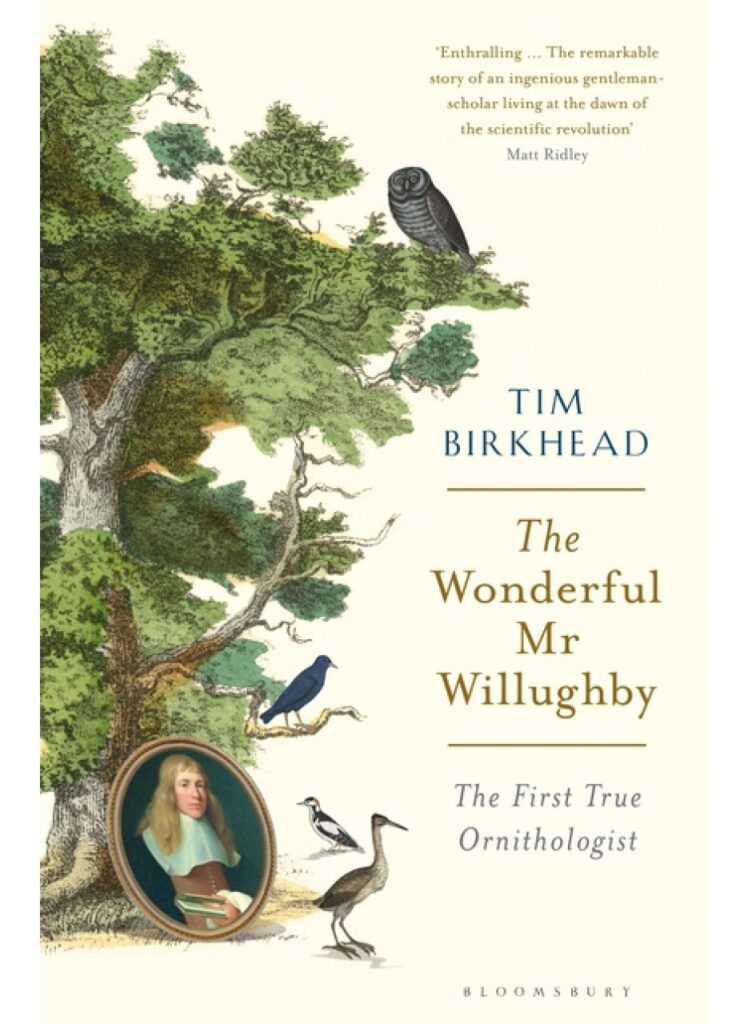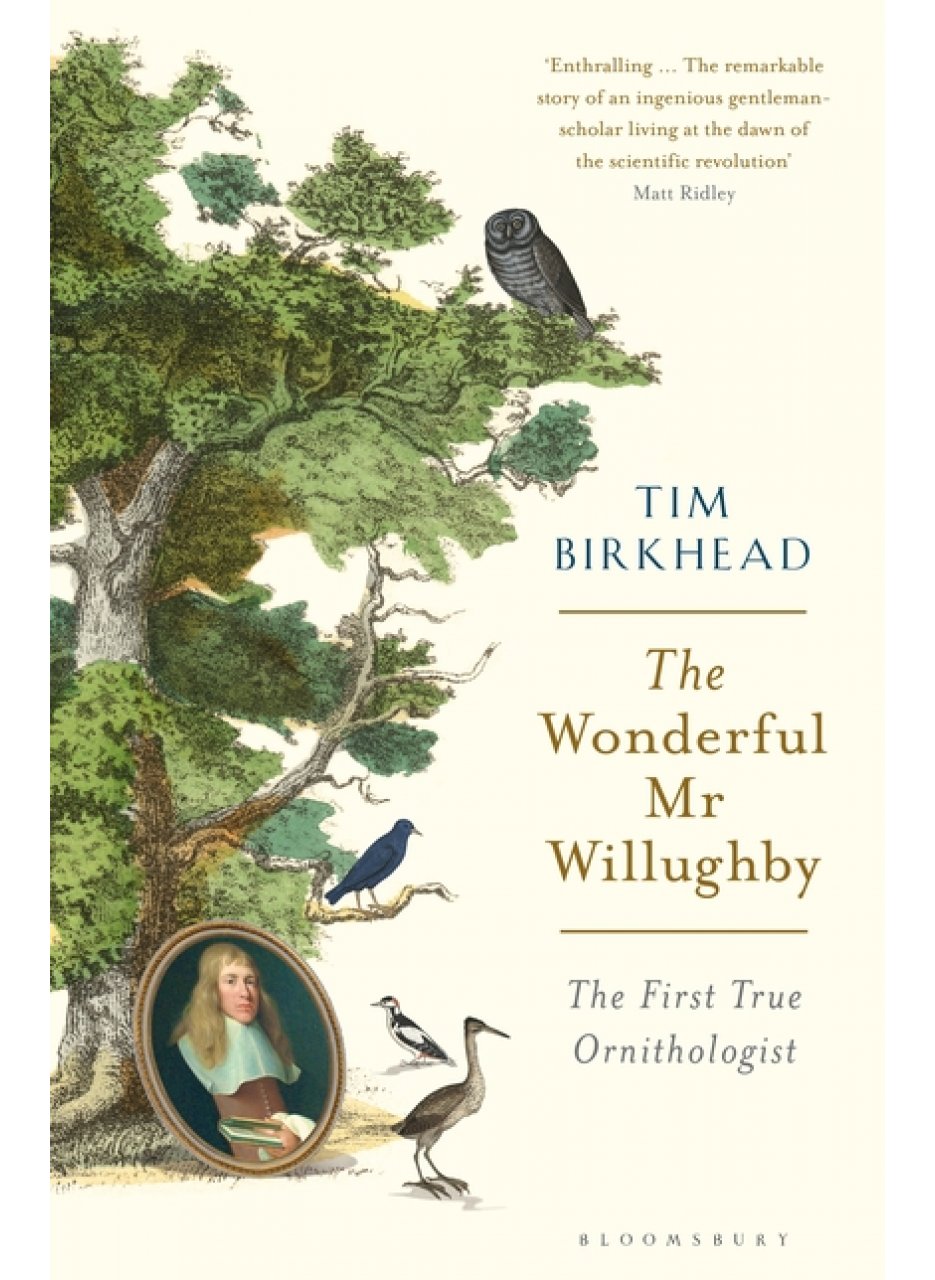John Ray is one of the most famous English naturalists – there is a society named after him – but who has heard of his friend, collaborator and travel companion, Francis Willughby? Ray’s biographer, Charles Raven, regarded his subject as a genius, but damned poor Willughby with faint praise as a talented amateur. And yet it is Willughby rather than Ray who was ‘the first true ornithologist’, the first Englishman to study birds, as opposed to blindly accepting the 2,000-year-old blend of fact and fiction handed down by Aristotle. Tim Birkhead, Professor of Behavioural Ecology and one of the leading modern ornithologists, has not only brought the half-forgotten Willughby to life but has also, I think, restored his reputation as a great naturalist on a par with Ray himself. When you see the materials Birkhead had to work with – above all, Willughby’s almost indecipherable scrawled notes (often in Latin) – his reconstruction of a short but eventful life is all the more remarkable.
The facts of Willughby’s life are quickly summarised. Born in 1635 to one of the few wealthy Royalist families that managed to come through the Civil War unscathed, he studied at Cambridge, met his older alter ego John Ray, went on two extended journeys with him, to western Britain and, much more adventurously, even perilously, through western Europe, returned to his manor at Middleton, and died of a ‘pleurisie’ at the age of only 36. Four years after Willughby’s death, Ray published Ornithologia libri tres, a three-volume Latin blockbuster soon translated into English as The Ornithology of Francis Willughby. The latter’s notes also helped Ray to pen two later works on fishes and insects. Oh, and Willughby also managed to write a book about games, including cribbage and football, though it was not published, believe it or not, until 2003!
Willughby was the first to classify birds from their visual features, notably their bills and feet. He made detailed notes of their plumage and sought to understand how birds lived by watching them or dissecting their bodies. If he did not always get the right answers (often impossible with 17th-century technology), he did at least ask the right questions. What became of Nightingales in the winter? Why did birds moult? What was a hooked bill for? Willughby possessed in full measure the intense curiosity of the time (he was a founder member of the Royal Society), and had the capacity to think through a problem. Unlike modern scientists who are forced to become specialists, he could observe life in the round, and think about fundamental questions of survival in the wild. Willughby was a sharp observer. He was the first to distinguish the Honey-buzzard and penned the first known descriptions of Manx Shearwater and Common Scoter. Tim Birkhead clearly found in him an amiable fellow spirit. He went to great lengths to visit the places which Willughby did, and to attempt the same experiments, such as cutting up a Bittern (easier for Willughby, for the Bittern was then a table bird). One mystery is that Willughby hardly mentions eggs, and yet he had a collection of them in his cabinet at Middleton, which, remarkably, still survives (though much broken) as one of the oldest in the world.
Though scholarly and detailed, Birkhead’s life of Willughby, the first ornithologist, is as clear and engaging as you would expect from the author of Bird Sense and The Most Perfect Thing. Like his doomed hero, he is that rare breed of scientist who captures his audience through brilliant story-telling, well-constructed arguments and a sense of history. I think that his students at Sheffield should count themselves very lucky.

